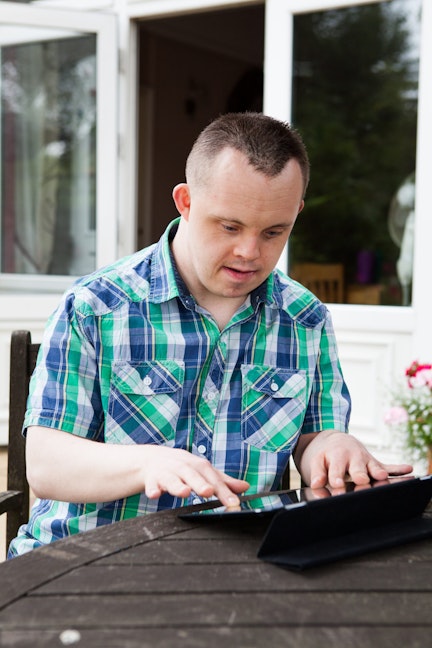Reducing restrictive practices
-
News

We are committed to reducing restrictive practices across Certitude.
We published our Use and Reduction of Restrictive Practices Policy in July 2020. The policy underpins our organisational approach to reduce restrictive practices while ensuring the rights of people we support are always respected and protected. Alongside this we relaunched our Reducing Restrictive Practice Organisational Working Group.
Reducing restrictive practices is a priority which is everyone across Certitude is committed to fully understand, consider, reflect, and apply in all aspects of practice.
The policy aims to:
- provide a comprehensive and consistent approach to the use of restrictive practices across our services
- ensure that the rights of people we support are always respected and protected
- reduce all types of restrictive practices and to prevent their use when unnecessary or unjustified
- acknowledge that, in situation where restrictive practices are necessary and justified, they are carried out in a lawful and ethical manner with complete transparency, and that every effort is made to reduce them
- ensure compliance with related legislation, such as Deprivation of Liberty Safeguards (DoLS).
What are restrictive practices?
Restrictive practices can range from over medication and physical restraints, to more subtle practices, such as not allowing someone access to part of their home or the choice of activities being dictated by the needs of the team rather than the person we support. These more subtle practices may not even be recognised as restrictive.
Our actions
We are proud to be part of the Restraint Reduction Network and a member of their steering group. In October 2020 we made a pledge to the network that as an organisation we would:
- carry out a review to identify our current strengths and develop a programme of training which will be rolled out across the organisation.
- improve our reporting to record all types of restrictive behaviour
- reduce the use of restrictive practices over the next two years
- create an organisational resource that is informed by a co-designed and co-produced community of practice to enable us to continually learn and evolve through sharing good practice
Get involved
We want to strengthen the work we do and can only do that by involving a range of different people with different experiences to fully co-produce. We invite any family members, friends or people we support to join the different groups. There are many ways to get involved either as group or on a one-to-one basis depending on your time commitments and preferences. If you are interested and have some time to spare – please get in touch. To find out more information, please email Rhona Leishman on RLeishman@certitude.london.